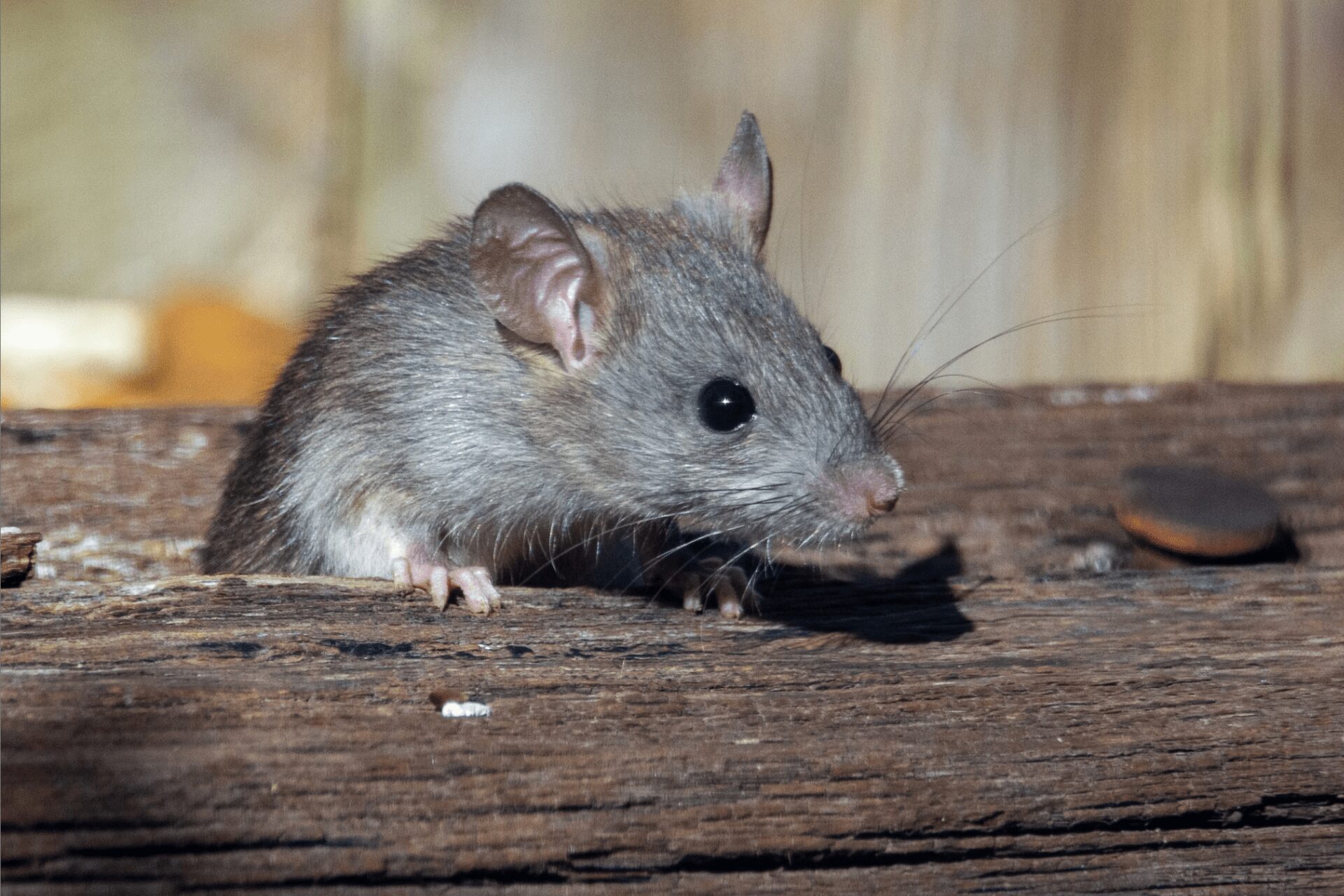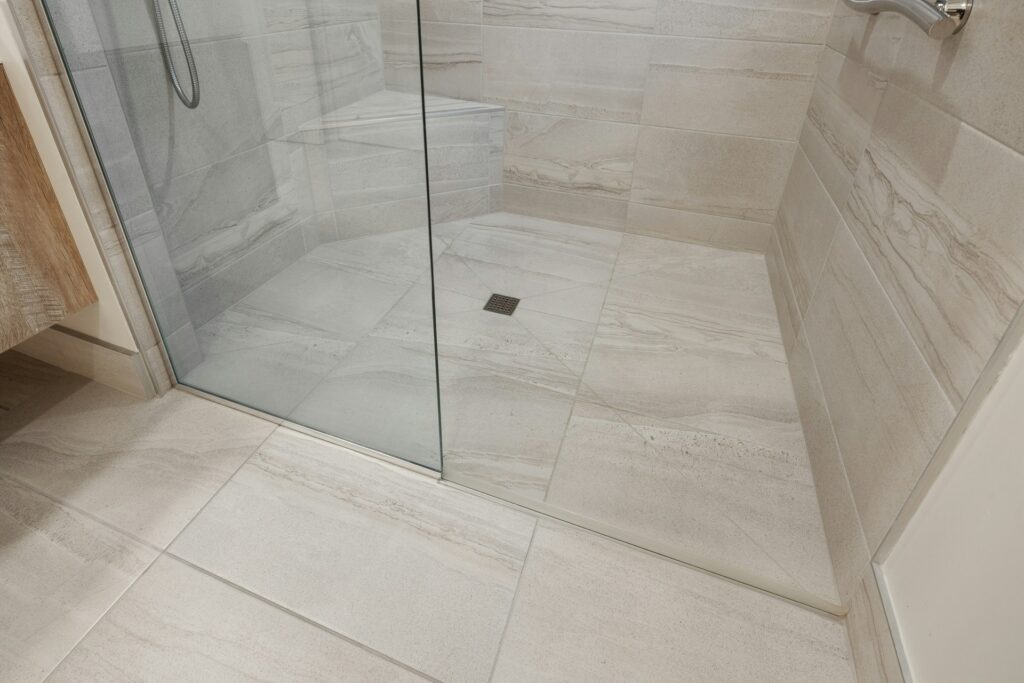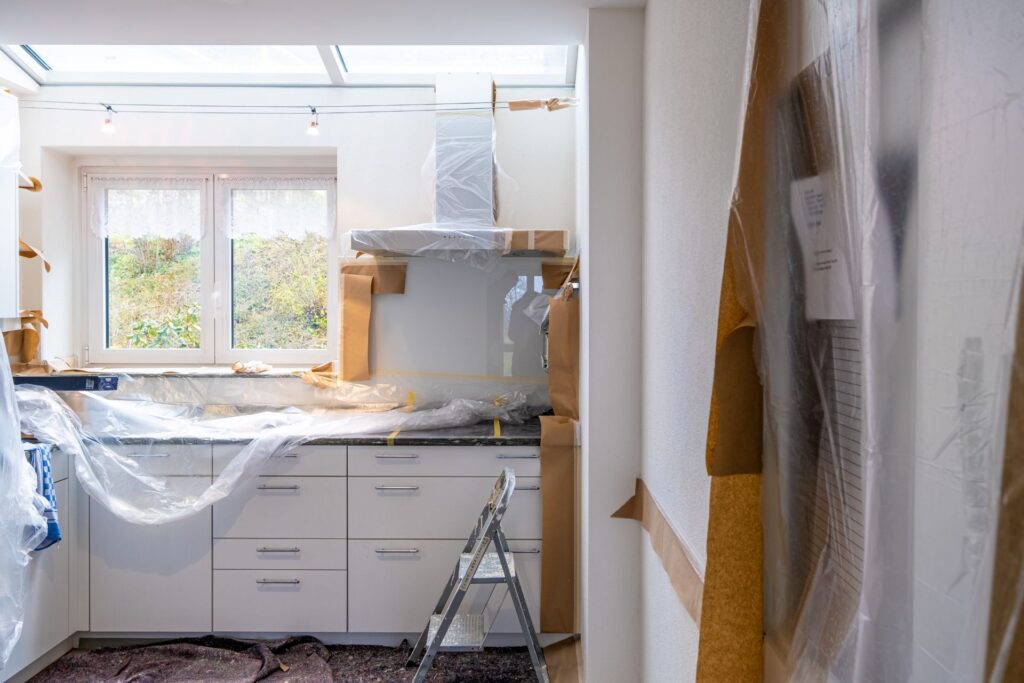
We are reader-supported. When you buy through links on our site, we may earn an affiliate commission.
Rats are dangerous in many ways. They harbor diseases, damage your home and might contaminate your food. If you suspect their unwelcomed presence in your space, here are seven signs of a rat infestation you are likely to encounter, as well as actionable steps to get rid of them.
1. Bad Odor
One of the common signs of a rat infestation is an unexpected foul odor. You might pick up an unexplained smell of stale ammonia. When rodents invade a space, they create a mess, leaving droppings and urine in their nesting site and outside it. A dying rat usually also retreats into hidden areas to die alone, leaving the foul smell of its corpse that lingers for days.
These factors all contribute to a heavy, pungent stench throughout your home.
2. Rodent Droppings
Have you noticed small, dark droppings around your house? These little things are signs of a big problem — rat infestation. Fresh droppings look moist and dark, while the old ones are gray and crumbly.
These are often found around food packages, under the sink, in cupboards and inside drawers. Inspect and clean these areas over time to ensure they remain clean and undamaged. Even if there’s no rat in sight, one is almost certainly around the room.
3. Gnawed Holes and Marks
Rats’ teeth never stop growing, developing up to five inches per year. This natural process is why they must chew and gnaw on anything.
These rodents can chew on drywall, cardboard boxes, papers and other dry materials. If you see bite marks on the ceiling, wall or food packaging, that’s a clear sign of a rat’s presence in your home. Rodents also need consistent water sources, so be on the lookout for gnaw marks around pipes.
Fresh gnaws are lighter in color and turn darker as the days go by. The larger the hole, the bigger the rodent in your home.
4. Unusual Pet Behavior

If you have a dog or cat that acts weirdly in certain areas, such as your kitchen, it’s a sign that they sense a rodent nearby. If you see your pet pawing under the furniture, looking up in the cupboard or staring under the sink for long periods of time, get a flashlight and mask to examine the space for rats or mice.
5. Strange Noises
Have you ever heard weird scratching and scurrying noises at night? These sounds indicate a rodent is moving from one area to another. You might also hear occasional hissing and squeaking, which are noises used by rodents to communicate and warn others of a threat.
6. Rodent Nests
Rats use fabric, shredded paper and other dried materials to form their nests. If you notice these materials piled up, rats have likely made a tiny home for themselves. You may also see bite marks and droppings nearby. Follow the signs and have the nest removed immediately.
7. Track Markings
Active rodents typically follow distinct paths and tracks in your home. When they do this, they leave footprints, droppings, urine stains and smudge marks along the way. You can detect these markings using a flashlight or blacklight.

If unsure, you can also place a sheer layer of powder or flour in the suspected area. Wait until the next few days and see the footprint marks.
How to Get Rid of Rats
Save your home from the dangers of rat infestation with the following tips.
1. Inspect Your Home
Do a complete home inspection if you’re still unsure about unwelcome guests. Pay closer attention to your kitchen cupboard, under the sink and attic — see if the signs of a rat infestation are present. Inspect your walls and sidings for any discolored spots, especially on baseboards. These may be signs of rodent rubbing.
Take note of your observation so you can later locate their nesting sites.
2. Clean Your Space
Rats are attracted to food and shelter, so focusing on sanitation is one of the best ways to eliminate them. Ensure that plates, utensils and cups are washed immediately after use. Clean your garbage containers frequently. Use tightly lidded garbage containers.
3. Use Home Remedies
Specific scents like mothballs, bleach, ammonia, garlic, onion and chili peppers help repel rodents. Essential oils such as eucalyptus, citronella and peppermint are excellent choices, too. You can plant peppermint indoors to repel rodents and spiders. You can also place leaves inside a small fabric or old sock and tuck them into suspected areas at home.
4. Set Traps

Now that you know where they hide and nest, it’s time to get them eliminated through traps. Here are some tips to get you started:
- Choose a trap: Different choices include flat cardboard, glue and snap traps. For starters, snap traps are recommended because they are easy to use and affordable.
- Place strategically: Situate your traps in high-activity areas, such as your attic, behind appliances, under the kitchen sink and furniture. Ensure they are set out where kids and pets can’t reach.
- Use high-aroma food: Rats are attracted to peanut butter, bacon, chicken and sardines. They also love sweet food — a soft candy is more likely to trigger the trap because rodents have to put an effort to remove and eat it.
- Use the sandwich method: Rodents are intelligent creatures that immediately sense threats. To outsmart them, place three identical traps next to each other. Leave outer traps with bait and unset, while set the middle trap.
- Check traps: Ensure you check your traps occasionally and dispose of dead rats immediately.
5. Fill Holes and Gaps
Seal any holes and gaps properly so rats won’t have any means to enter indoors again. Use quality materials such as cement, caulk, steel wool and plaster. Weather-strip windows and doors that have large gaps.
6. Call a Professional Rat Exterminator
Call a professional rat exterminator if the problem is too much to handle on your own. They can help you enjoy a rodent-free home by tackling the signs of a rat infestation and executing the best solutions for your home.
Rats are dangerous creatures, so professional exterminators can give you peace of mind knowing that these pests are no longer returning to your home.
Enjoy a Rat-Free Home
Awareness of the signs of a rat infestation is the first step towards a rodent-free, safer household. Although achieving this goal may take time and effort, taking small steps can keep rats away for good sooner than you think.







